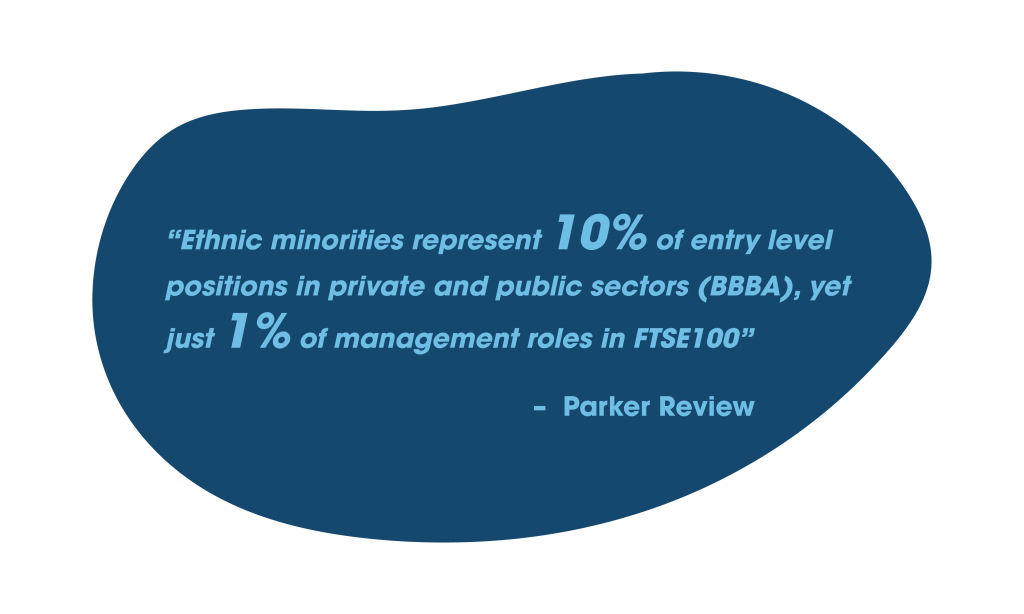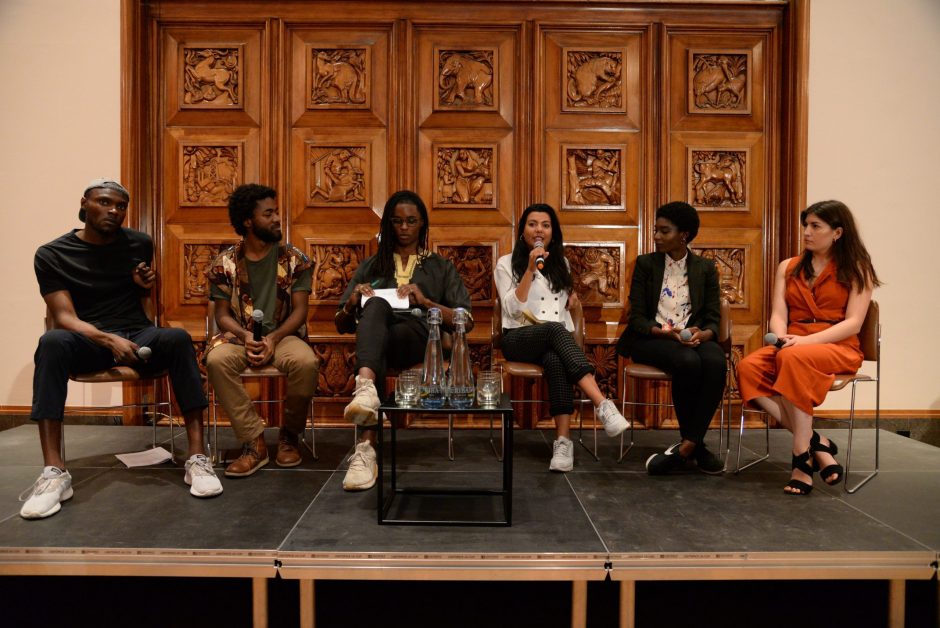If you require a 2:1 degree from a Russell Group university, you are potentially creating an unnecessary barrier to entry, and limiting your access to a wider talent pool.
According to the Social Mobility Foundation, young people from vulnerable socioeconomic backgrounds make up only 5% of students at the UK’s most selective universities, in 2019. And just 21% of students at Russell Group universities are from communities of diverse ethnic heritage, in comparison to up to 75% outside the Russell Group.

It is important to reflect on what competencies and qualifications the role you are recruiting for needs. Challenging historic practices and processes, against the current landscape of the role you are recruiting for, should be considered a basic premise of creating a person specification and job description.
5. The candidate experience
Critique your recruitment process from end to end, to equalise the candidate experience. Is your assessment process fair to everyone? Consider the assumptions you might make about a candidate’s life experiences when you review CVs. For example, candidates who have experienced more disadvantages…
- May not have had access to the same career advice and support as their contemporaries.
- Ability to be involved in extracurricular activities may have been limited by their personal circumstance.
- Could be the first in their family to go to university or apply for a role in an organisation.
- May not have access to a quiet space for video interviewing.
- Could have developed transferable skills through life experiences.















